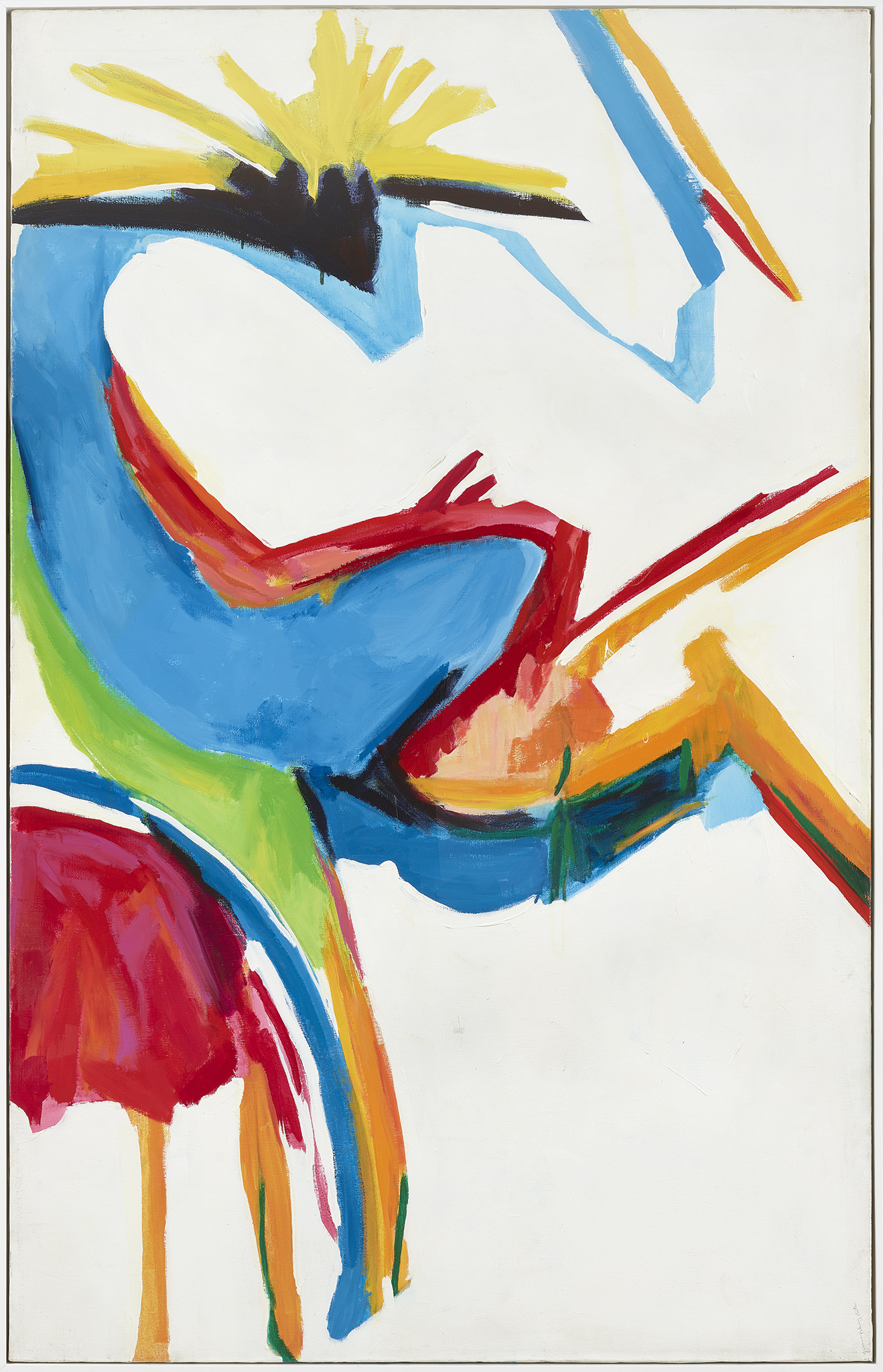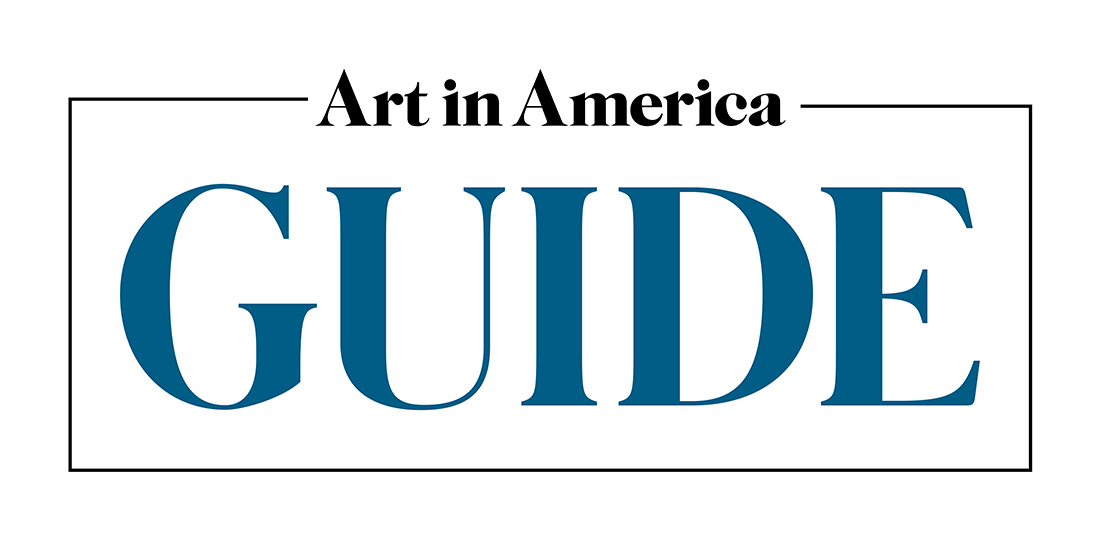
- This event has passed.
Yvonne Pickering Carter: Linear Variation Series
March 16, 2023 - April 15, 2023
Free
PRESS RELEASE
FOR IMMEDIATE RELEASE
BERRY CAMPBELL PRESENTS YVONNE PICKERING CARTER: LINEAR VARIATION SERIES
NEW YORK, NEW YORK, March 6, 2023— Berry Campbell is pleased to present its first exhibition of Washington, D.C. based, multi-media artist, Yvonne Pickering Carter (b. 1939). In 2022, the story of Carter’s “comeback” was featured in an article in the New Yorker, after she was included in a group exhibition of women abstract artists at Hunter Dunbar Projects, New York.[i] While Carter has been creating and exhibiting for over six decades, Berry Campbell is pleased to present this re-examination of Yvonne Pickering Carter’s work with her first solo exhibition in New York City.
Berry Campbell’s exhibition will examine part of Carter’s Linear Variation series, a group of paintings from the 1970s. In this group of paintings, Carter creates painterly white backdrops with brightly colored lines and veils rhythmically echoing her body’s cadence through the painting’s surface. While the works at times recall her Color Field contemporaries like Helen Frankenthaler and her Washington Color School contemporaries like Morris Louis, they also embrace the presence and action of the artist’s hand and body, giving a sense of immediacy and vitality to this body of work and previewing her performance work of the 1980s.
Yvonne Pickering Carter: Linear Variation Series opens with a reception on Thursday, March 16, 2023, 6 – 8 p.m. and continues through April 15, 2023. The exhibition is accompanied by a 16-page exhibition catalogue.
ABOUT THE ARTIST
Deeply involved in multi-media art making throughout her life, Yvonne Pickering Carter at times has been a sculptor, painter, performance artist, dancer, and poet. In a career devoted to investigations of limits and connections, she has often broken-down definitional barriers between media through explorations of possibilities and consequences. Carter received her BA (1962) and MFA (1968) from Howard University. In 1971, she became associate professor of art and mass media at the University of the District of Columbia, where she subsequently assumed the position of the chair of the university’s Department of Mass Media, Communication, and Fine Arts. From the early 1970s through the 2000s, Carter actively exhibited her work in solo and group exhibitions, often along with other leading African American artists of the era, including Loïs Mailou Jones (with whom she studied), as well as Lilian Thomas Burwell, Sam Gilliam, Howardena Pindell, Charles White, Shirley Woodson, Joseph Holston, William T. Williams, and Alma Thomas (one of her dearest friends). In 2004, after becoming professor emeritus, Carter retired to Charleston, South Carolina, where in 2006, she opened the Gallery Cornelia, named for her grandmother. There she showcased African American art and contemporary women artists. Carter’s work belongs to several public collections, including the Gibbes Museum of Art, Charleston, South Carolina; the North Carolina Museum of Art, Raleigh; the University of the District of Columbia; and the Pennsylvania Academy of the Fine Arts, Philadelphia.
Carter has always transformed her surroundings into artistic environments. This was the case in her home on Wadmalaw Island, South Carolina. Built by her father, the large home had been hers since the beginning of the new millennium. In 2019, as an octogenarian she planned to relocate to Washington, D.C. to live near her daughter. When the movers arrived to pack her belongings, they were astounded by the art covering the walls. They alerted the Charleston gallerist Joanna White, who offered to show it. Word spread, and in spring 2022, Carter was included in the exhibition, Ninth Street and Beyond: 70 Years of Women in Abstraction, held at Hunter Dunbar Projects, New York. The story of Carter’s “comeback” was featured in an article in the New Yorker on May 23, 2022.[ii] Carter’s inclusion in the Ninth Street show—which featured works by such artists as Lynda Benglis, Louise Bourgeois, Elaine de Kooning, Perle Fine, Helen Frankenthaler, Eva Hesse, Joan Mitchell, Elizabeth Murray, Barbara Chase-Riboud, Dorothea Rockburne, and Alma Thomas—indicates the need to situate her art in a historical context at the intersections of her artistic identity as an African American, a woman, an abstractionist, and a multi-media innovator.
Born in 1939 in Washington, D.C. to Esther and Lorenzo Irving Pickering, Yvonne—the second of eight children—grew up in Charleston, where her family shared their home with her paternal grandparents, Charles and Cornelia Pickering. Yvonne’s father, a dentist, was a skilled carpenter, and he taught her to construct furniture. She recalls: “He sent me for an Allen wrench when I was about 11, and I didn’t know what it was, but from then on, I knew every tool.”[iii] At Howard University, Carter was inspired by James A. Porter, who initiated the field of African American art history, along with James Wells, David Driskell, and Loïs Mailou Jones. Along with Jones, she studied with Lila Asher. Carter also completed work in interior design at the Traphagen School of Design, New York.
In 1971, after receiving her BA and MFA from Howard, Carter established her teaching career, starting out as assistant professor of art, design, printmaking, and painting at the University of the District of Columbia. Throughout the 1970s, Carter exhibited extensively. In 1972, Carter participated in National Exhibition: Black Artists, held at Smith-Mason Gallery in Washington, D.C. Her first solo exhibition was held in October 1973 at the James A. Porter Gallery, Howard University. In June-July 1976, when Carter was featured in a three-artist show with Kitty Klaidman and Polly Craft, at the Fendrick Gallery, Washington, D.C., a reviewer described her watercolors as “lyrical abstract works” with “floating Frankenthaler-like lines and forms.”[iv] In October 1976, a solo show of Carter’s watercolors was held at the Ware Center, Lincoln University, Pennsylvania.
In 1978, Carter along with seventy-five black women artists including Lilian Thomas Burwell, Mavis Pusey, Betye Saar, and Alma Thomas, were invited to participate in Contemporary Afro-American Women Artists, organized by the Corcoran Gallery of Art and the Renwick Gallery, Washington, D.C. The show was planned to coincide with the 1979 meeting of the College Art Association (CAA) in Washington, D.C.; however, the exhibition never received funding and was cancelled. A paired down exhibition was planned in its place in the basement of the Martin Luther King Jr. Memorial Library. The exhibition, Black Women in the Visual Arts: A Tribute to Lois Mailou Jones, was well received but as Jacqueline Trescott of the Washington Post wrote: “The exhibit of 21 local artists…was not considered a complete victory by some but an example of how black women artists are given second-class treatment.”[v]
While maintaining her teaching job and her presence in Washington, D.C., in 1976, Carter completed the transformation of a Charleston funeral parlor into a studio and home she shared with her then-husband. With knowledge she had derived from her father, she became the contractor for the renovation of the space, and she established her studio in the casket foundry. There she gathered mannequins that she began to drape in brilliant, complex costumes that she used in works she referred to as “paintings,” made of “moiré, netting, painted canvas remnants, ribbons, and tulle instead of paint and paper.” At the same time, Carter considered these works to be performance pieces, related to the dance courses she took at Howard. “There was something about movement that was important to me,” Carter stated.[vi] It was a logical progression that led her to use painting as garment.
In 2004, Carter retired and left Washington, D.C. to return to Charleston, and in 2006, she opened the Gallery Cornelia, converting her father’s old dentist’s office into a 600-foot exhibition space. She stated that on coming home, all she wanted to do was “plant, cut grass, and make paintings.,”[vii] She exhibited her Pincone series at the gallery in 2007, but subsequently she remained out of the public arena until the move in 2019 that brought her into the limelight.
—Lisa N. Peters, Ph.D.
© Berry Campbell, New York
[i] Emma Allen, “How Some Movers Rediscovered a Neglected Abstractionist,” New Yorker 38 (May 23, 2022).
[ii] Allen, “How Some Movers Rediscovered a Neglected Abstractionist.”
[iii] Lee Fleming, “Life After Death” An Abandoned Funeral Parlor is Reborn as an Artist’s Home and Studio,” Washington Post, February 4, 1999, p. T12.
[iv] Jo Ann Lewis, Washington Post, July 1, 1976, Yvonne Pickering Carter archives.
[v] Rebecca K. Vandiver, “Off the Wall, into the Archive Black Feminist Curatorial Practices of the 1970s,” Archives of American Art Journal 55, no. 2 (Fall 2016): 26-45, https://www.jstor.org/stable/
10.2307/26566605.
[vi] Terry Bain, “Yvonne Pickering Carter,” in St. James Guide to Black Artists, ed., Thomas Riggs (New York: Schomburg Center for Research in Black Culture, 1997), p. 99.
[vii] Jack McCray, “A Day at the ‘Office’; Family Ties: Woman Opens Art Gallery at Father’s Former Dental Practice,” Post and Courier (Charleston, S.C.), July 23, 2006, p. F1.
